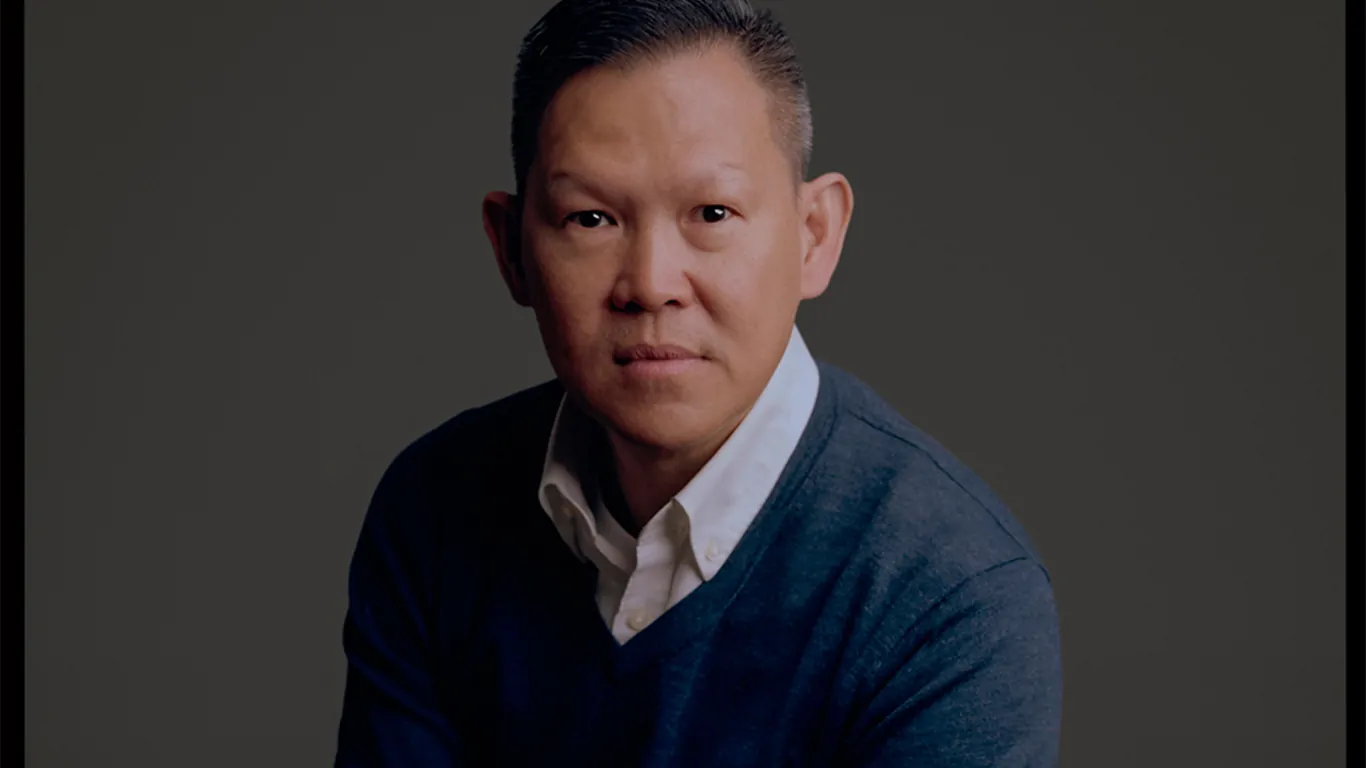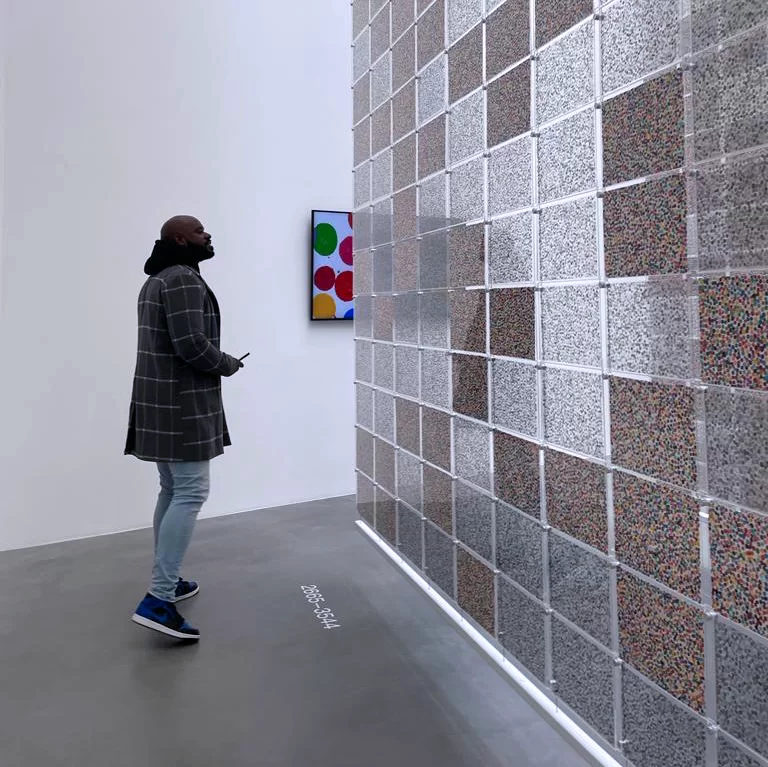A collection is more than the sum of its parts—it is a reflection of its collector. It embodies both boundaries and brilliance, sparking curiosity, stirring emotion, and, above all, igniting conversation. A collection thrives only when it is seen, heard, and experienced by others. It cannot exist in isolation.
Richard Koh understands this deeply. As both a gallerist and a collector, his passion lies not in possession but in engagement. To him, art is a dialogue—a medium for storytelling, a force that shapes identities, and a means of preserving cultural legacy.
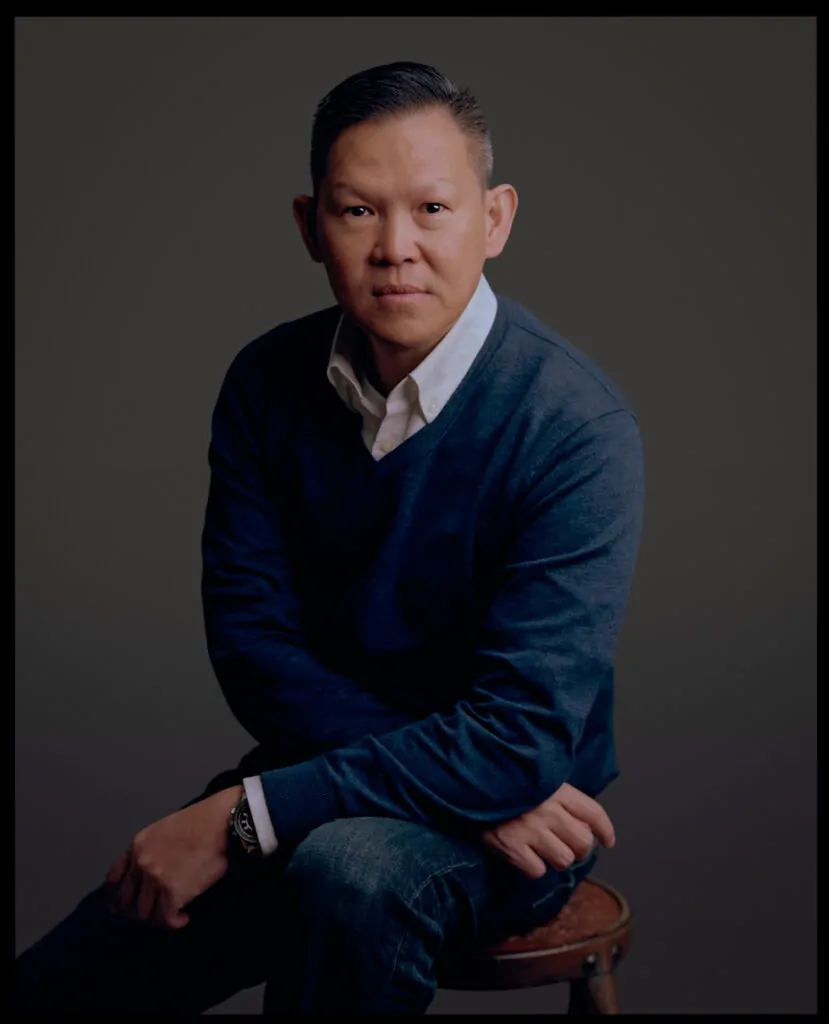
Photo by Timothy Greenfield-Sanders
I have always been interested in history and cultural issues. The collecting started when I was living in London in the mid 80’s, where the museums were really accessible
Richard Koh
Since founding Richard Koh Fine Art (RKFA) in 2005, Koh has built more than a gallery; he has developed a platform for Southeast Asian artists. With locations in Singapore, Bangkok, and Kuala Lumpur, RKFA bridges emerging talent with international recognition. Over the years, he has worked with influential artists such as Natee Utarit and Genevieve Chua, whose practices have shaped contemporary art discourse in the region.
For Koh, curating is about fostering relationships and ensuring that art is not just displayed but deeply understood and appreciated. Each exhibition weaves a narrative that mirrors Southeast Asia’s ever-evolving artistic landscape. He refers to this as his “Landscapes of Memory”—a guiding principle that prioritizes emotional depth and resonance. His personal collection reflects this philosophy.
“My collection has always been driven by deep emotional resonance. Some works connect with me in unspoken ways, and uncovering their layers over time is part of my collecting journey,” Koh explains. This January, The Private Museum, Singapore, provided a rare glimpse into his world with the exhibition “Of Dreams and Contemplation: I Am All but a Story – Collection of Richard Koh.” Opened during Singapore Art Week 2025, the exhibition offers an intimate look at Koh’s journey as both a collector and a gallerist.
Koh’s influence extends far beyond gallery walls. For decades, he has been a driving force behind an interconnected Southeast Asian art scene, advocating for collaboration over competition.
Through cultural exchanges and open dialogue, he has played a crucial role in ensuring the region’s art is recognized on an international scale. Over the past twenty years, Koh has helped shape not just the Southeast Asian art market but its broader perception. By prioritizing artistic integrity over commercial success, he has created a space where art remains what it was always meant to be—an act of deep expression, a reflection of life itself. Koh ensures it is seen, heard, and felt.
We caught up with Koh to gain deeper insight into his curatorial process, his collection, and his vision for the future of contemporary art.
“Of Dreams and Contemplation: I Am All but a Story – Collection of Richard Koh” runs until 9th March 2025 at The Private Museum, Singapore.
Hi Richard, thank you for speaking with us. To begin, could you share your journey into the arts and what initially inspired you to start collecting?
Richard Koh: I have always been interested in history and cultural issues. The collecting started when I was living in London in the mid 80’s, where the museums were really accessible. I used to spend all of my free time in the museums, discovering the latest shows and exhibitions.
Your collection has been described as a “jigsaw puzzle” of personal experiences. How do you balance this deeply personal approach with the broader cultural and historical significance of the works you acquire?
Richard Koh: My collection has first and foremost, always been driven by a deep emotional resonance. Sometimes the works connect with me in unspoken ways, and peeling back those layers over the years become part of my collecting journey as well. Because I see collecting as a personal pursuit, I have never really thought about the cultural or historical significance of any of the works I have acquired. Sometimes when one is acquiring a piece of work from the current timeline, it serendipitously becomes a significant work.
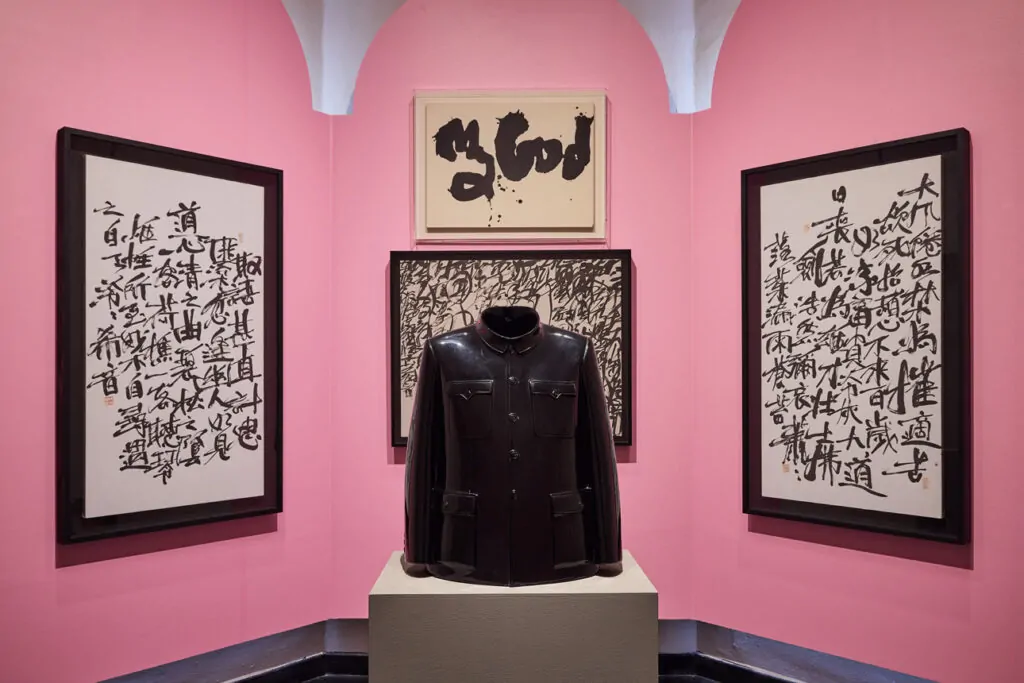
Photo courtesy of Richard Koh Fine Art and artist
Your upcoming exhibition at The Private Museum, Singapore, “Of Dreams and Contemplation: I am All but a Story – Collection of Richard Koh”, showcases your personal art collection. What can visitors expect to see, and will there be any works being shown for the first time?
Richard Koh: It’s a bit intimidating to show the collection as it’s so incredibly personal, almost like exposing my inner self to the public. The collection is really a visual biography of my life and journey, and to be honest, I am not sure what the viewers are expecting to see… I’d say that it captures different chapters and seasons of my life, from meaningful occasions to quiet moments. In a way, they might almost experience a nonfiction or biography of sorts, of the owner behind the collection. Some works are also being shown for the first time in Singapore.
As someone who has been instrumental in bringing Southeast Asian art to the global stage, how do you navigate the balance between achieving commercial success and advocating for cultural representation?
Richard Koh: It’s tough, and a big struggle at times, but having said that, it doesn’t mean cultural representation cannot be commercial as well. It’s a fine balance, but we also have to use the tools at our disposal to harness the right opportunities for Southeast Asian artists to grow internationally. This is why cultivating networks, access to platforms, and open minds are particularly important in how we help artists with strong voices grow.
Do you ever feel the weight of representing an entire region’s voice on international platforms?
Richard Koh: Yes, I do every time we go out of the region. There is a sense of pressure, but I’m also honoured to carry this mantle — to drive forward something that I believe in.
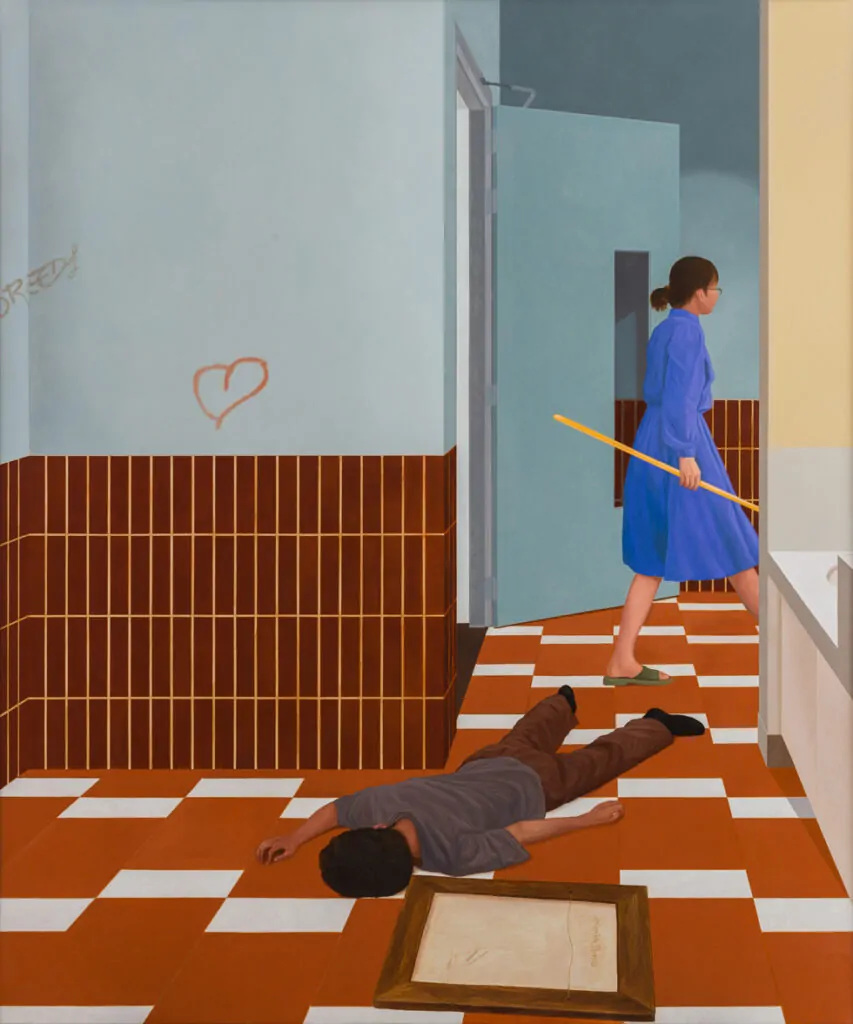
Oil on canvas, 180 x 150 cm
Photo courtesy of Richard Koh Fine Art and artist
You’ve worked with influential artists such as Natee Utarit and Genevieve Chua. What is your approach to identifying and nurturing artists? Are there specific qualities you look for in their work beyond technical mastery or aesthetics?
Richard Koh: Post-Covid, I look for humility but also a fire in the artist of wanting to move forward. It takes a while to be able to nurture a local artist in this region as there are not enough proper examples of good practices and governance for them to follow or adapt to, and part of the challenge is that the ecosystem here has certain aspects that are still underdeveloped. We have had our fair share of nurturing artists, and because success is such a rarity, some of them find it difficult to stay grounded and focused on their practice, the moment they get a small taste of it. But to thrive in the art world, you have to keep your feet on the ground and not lose sight of where you want to go.
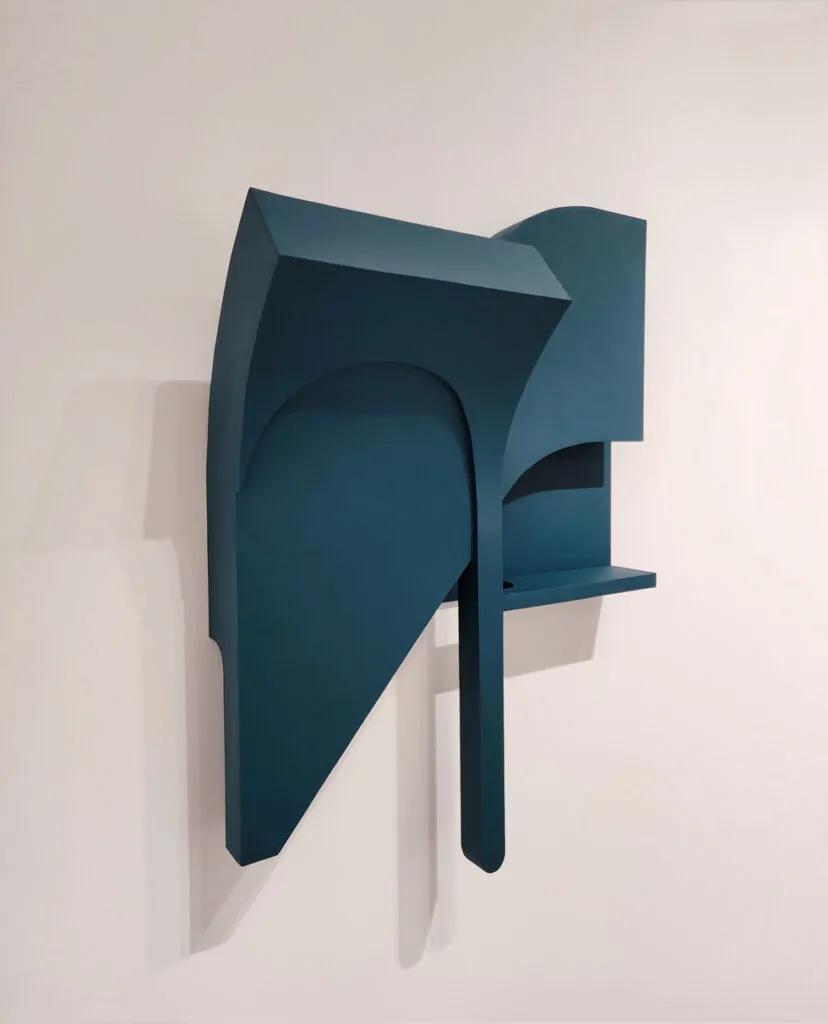
Emulsion on treated wood, 100 x 75 x 25 cm
Photo courtesy of Richard Koh Fine Art and artist
The Southeast Asian art market has evolved significantly over the years. How do you perceive this evolution, particularly in terms of balancing regional aesthetics with global art trends?
Richard Koh: Yes, it has evolved quite a fair bit in the last 30 years. The Singapore government has been spearheading this development with the opening of the Singapore Art Museum and their support of art fairs in Singapore, which gave the regional artists a voice and more visible platforms. Southeast Asia has a unique visual language that in many ways is still very particular to each geography, and that’s the beauty of it too, that is what makes Southeast Asian art special. I don’t think any form of visual art should just mimic global art trends.
Promoting Southeast Asian artists globally must come with its challenges. Have you encountered any preconceived notions or biases, and how do you address them to ensure artists’ voices are authentically heard?
Richard Koh: Yes, there are a lot of challenges, and I think it is mostly due to a lack of geographical knowledge. There’s a lack of knowledge from those in “developed” territories, the ones that got to write the art history canon.
They are still not sure what Southeast Asia is, or they have only been exposed to highly exoticized representations of Southeast Asia and its culture, thanks to Hollywood and the Western mainstream media. We have encountered this repeatedly, and beyond sharing context on the artist’s practice, we also have to share wider context on Southeast Asia and its history, to ensure that the artist’s voice is authentically translated to an international audience.
In a time when art is increasingly commodified as an asset, how do you encourage collectors to engage with art as a form of cultural and intellectual enrichment rather than just a financial investment?
Richard Koh: We are not a trendy, or known to be a trending, gallery, which also means we have fewer collectors asking us about art as investment. We truly believe in nurturing collectors and helping them forge connections with art, as they work their way towards building a personal collection that resonates with them.
We always encourage them not to approach art as an investment in themselves, in weaving a rich emotional life that makes them feel creatively engaged. Besides, I hope to open an accessible dialogue with more new collectors. I always explain to anyone who wants to collect art that art is an investment in emotions, not a financial investment.
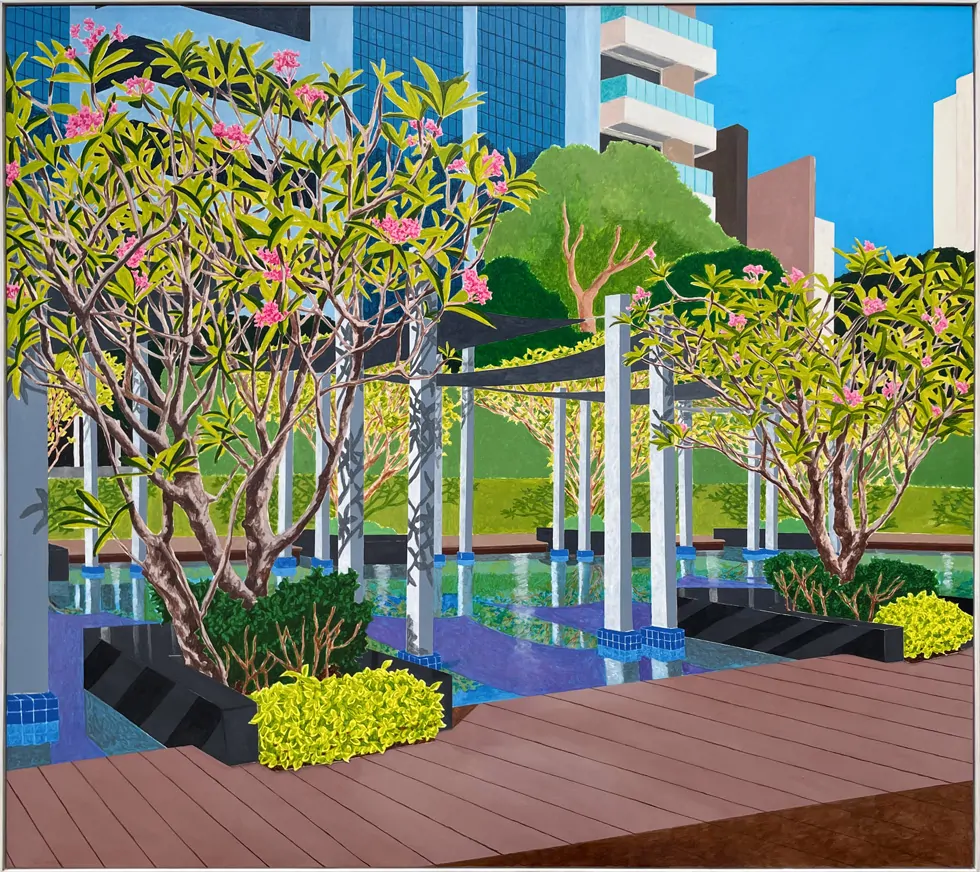
Acrylic on canvas, 180 x 160 cm (work), 182 x 162 cm (framed)
Photo courtesy of Richard Koh Fine Art and artist
You’ve spoken about the therapeutic value of art collecting. In an increasingly digital age, how do you see the role of physical art collections evolving—both personally and within the broader cultural landscape?
Richard Koh: We have to move and develop with the times, change is inevitable. There will be a time when art becomes just a click away, and while demand ebbs and flows, I don’t think art can ever become obsolete. Humans have been making art for thousands of years, to document, to capture emotion, to tell stories.
Though the formats and mediums are constantly evolving, in my opinion, nothing beats looking at art in person, because nothing can replicate the energy and emotions that envelops a person when one stands in front of an artwork. It’s a magical rush that can’t be put in words, and kind of hard to get from digital or intangible art forms.
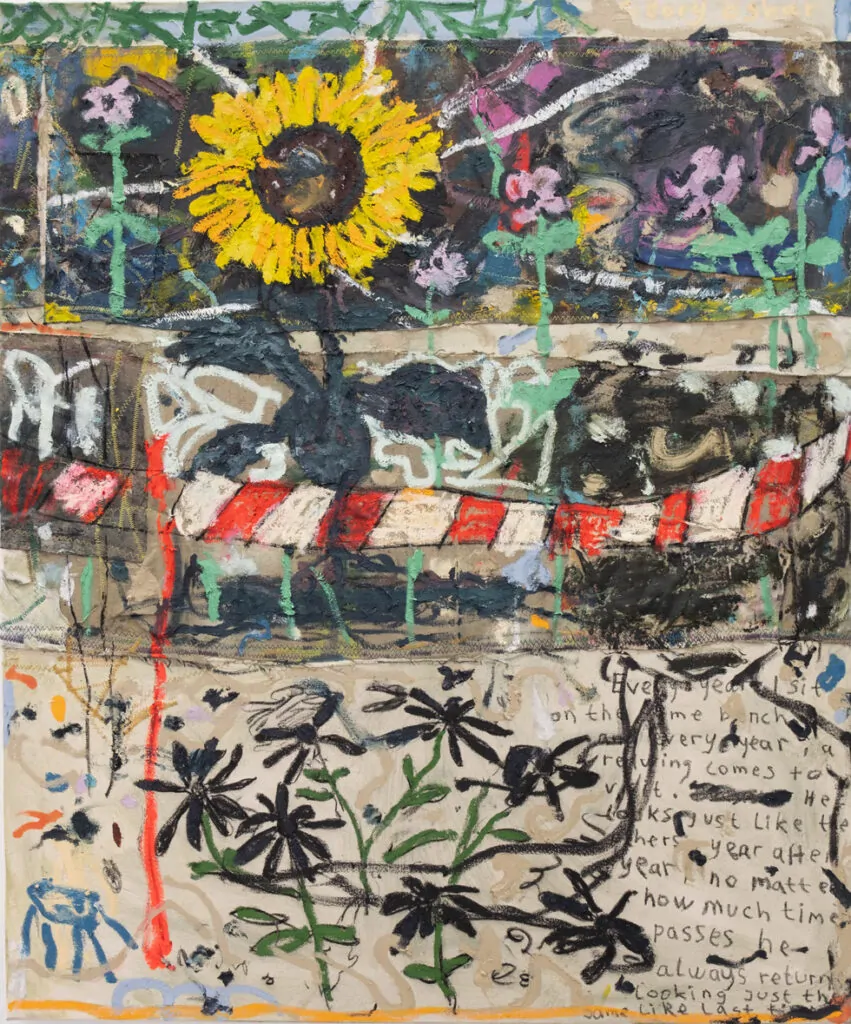
Oil and china marker on stitched linen and cotton, 120 x 80 cm
Photo courtesy of Richard Koh Fine Art and artist
You’ve expressed concerns about younger artists being “stuck” in older aesthetic languages. How can galleries and collectors like yourself encourage innovation without alienating established audiences?
Richard Koh: Yes, because contemporary Southeast Asian art is still relatively young. With the coming generational shift, everything is changing. Unfortunately, these shifts may alienate some older, more established collectors, while the open-minded ones find themselves pivoting and expanding their knowledge.
With this shift, the ecosystem will also welcome new ones, who will bring with them fresh energy and ideas, and a different perspective of what collecting could mean for current and future generations. We encourage innovation by nurturing our artists to think long term — not to react to trends or pander to the tastes of established collectors — but to consider themes in their practices that can maintain resonance with time.
Given your belief that “art records the times we live in,” how do you see your collection and gallery program reflecting—or challenging—current sociopolitical issues in Southeast Asia?
Richard Koh: My collection will continue to grow as I do. Due to its more personal nature, the collection becomes almost like a means of chronicling life for me. As for the gallery’s programming, we also endeavour to move with the times, to find diverse voices to reflect where we are in time, in history. Sociopolitical issues are not just limited to Southeast Asia, they are global issues that manifest in every region with their own nuances that link to culture and history, and I am sure artists and galleries will react to this accordingly.
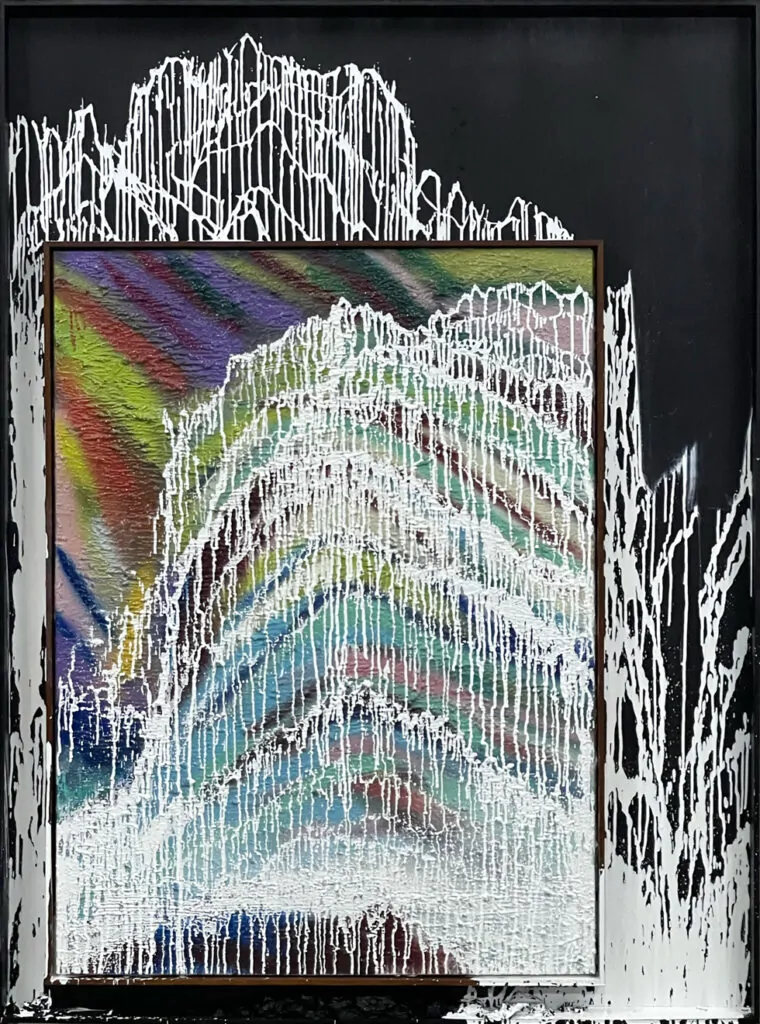
Photo courtesy of Richard Koh Fine Art and artist
The traditional gallery model is under increasing pressure from art fairs, online platforms, and emerging collectors seeking greater accessibility. How do you envision galleries like RKFA evolving over the next decade to remain relevant and impactful?
Richard Koh: As art is increasingly being commodified, smaller galleries like us are finding it harder to navigate all the so-called global fairs, and the need to be everywhere, all at once, in order to stay relevant. Perhaps the collaborative effort we see now between galleries might work in the short and mid-term, but in the long run, it might be more sustainable to revert to working in a more localized, bespoke and niche format.
With the internet these days, one doesn’t need to travel extensively to view art anymore. With the globalization of our world, and the art world, it’s become much more important to enrich the lives of those we serve with meaning. Art flourishes in quality, not quantity — and we try to bring that across in the quality of the work, the experience, the connection.
Finally, Richard Koh Fine Art has been a platform for artists to grow, experiment, and connect with audiences. Looking back on your career, what legacy do you hope to leave for Southeast Asian art, and how do you see your role in shaping its future discourse?
Richard Koh: What is distinct about Richard Koh Fine Art is our willingness to take chances, especially on younger, emerging artists — I like to call it “supporting the underdogs”. We’ve often worked with relatively unknown artists, helping them open doors, giving them a regional or international platform for wider audiences and collectors to discover their work. I hope the next generation of young galleries in the region will be able to see what my peers and I have managed to develop and accomplished for Southeast Asian art, and with all of the possibilities out there, to build on the momentum and take it further to the next level.
©2025 Richard Koh


